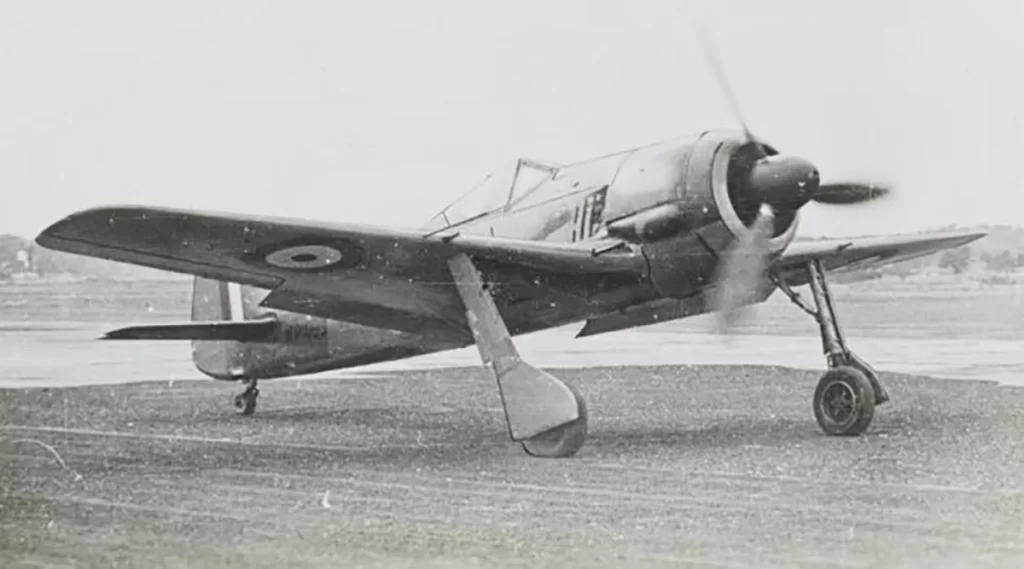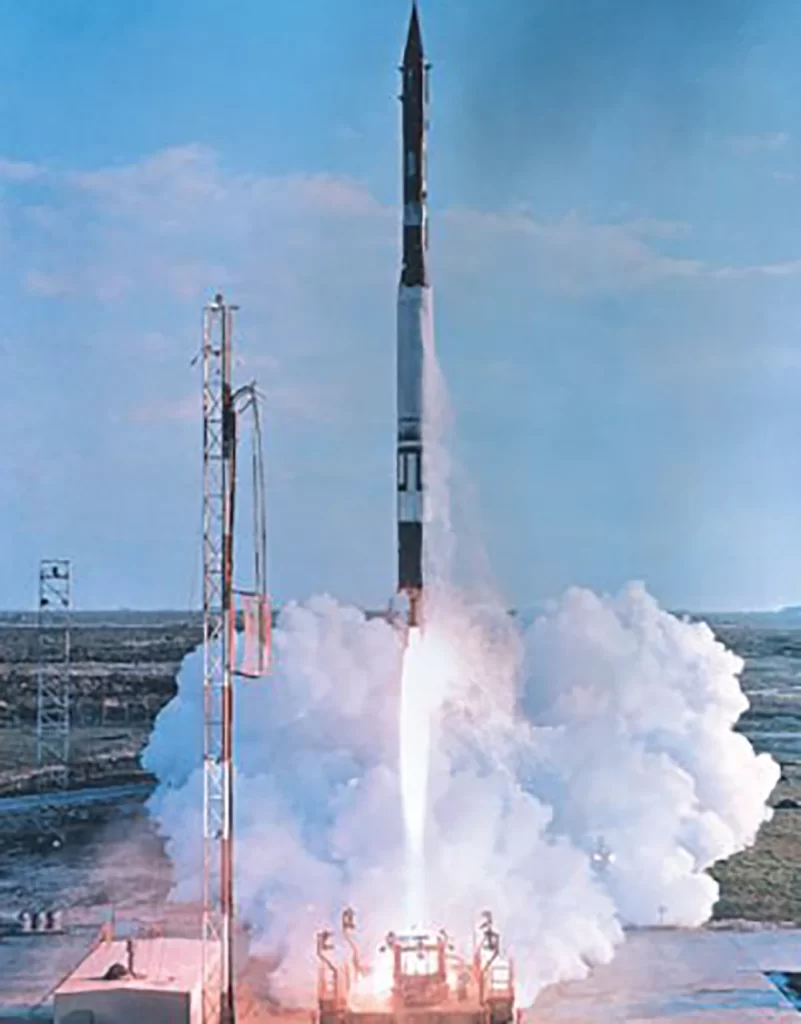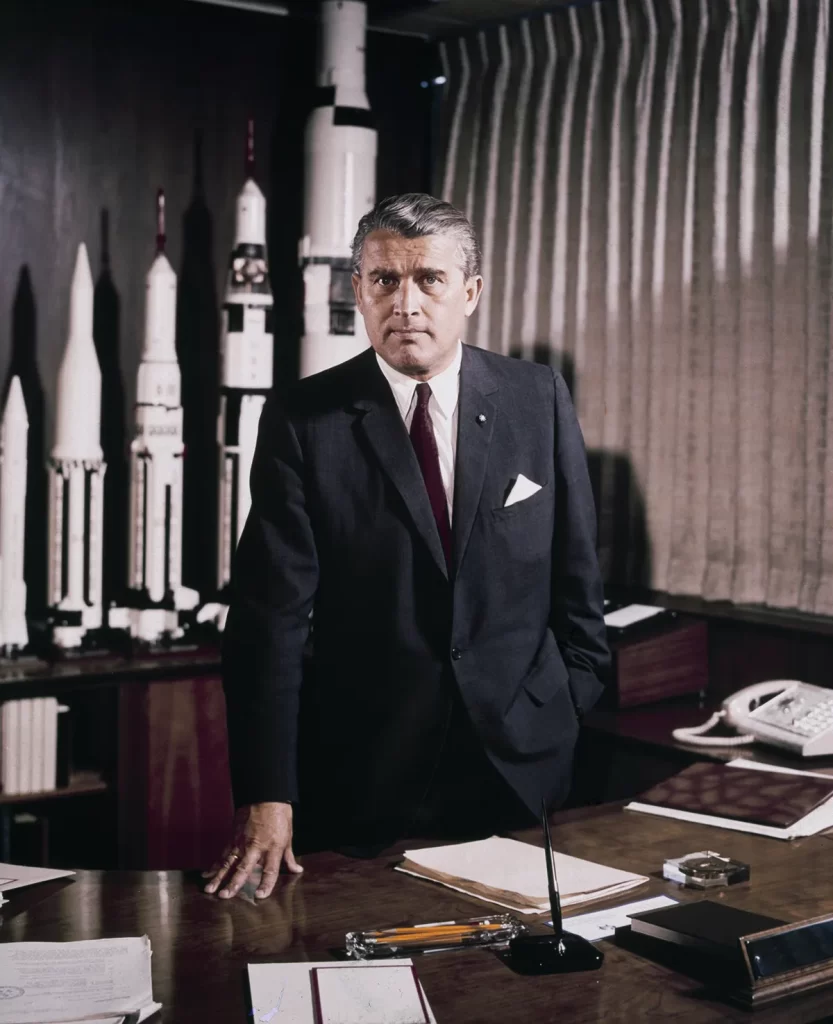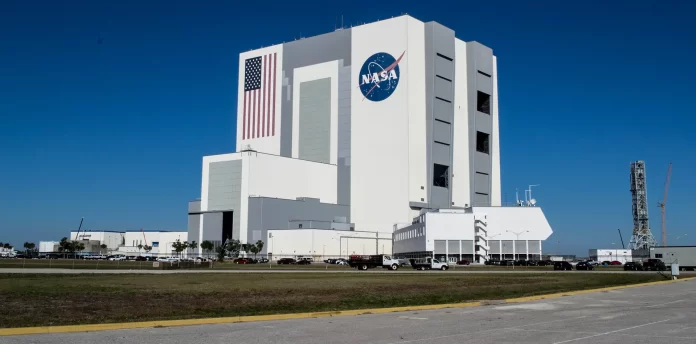The foundation story of NASA- Latest Information on Space Science
When it comes to achieving incredible feats of aerospace engineering, exploring the wonders of the universe, and realizing the dreams of astronauts from around the worldd, the foundation story of NASA is one that stands out above all others.
The Evolution of NASA’s story is rooted in the time of World War I 1914. When the United States lagged far behind Europe in technology and the number of military airplanes. Great Britain had 400 military airplanes, Germany 1,000, and France even 1,400, while the United States only had 23.
In order to catch up, the NACA or National Advisory Committee for Aeronautics was founded in 1915 on a mission to change the face of U.S. aviation. The research of this committee and its technological expertise laid the foundation for NASA. Unlike NASA’s current huge budget of 22.6 billion dollars, the NACA initially only had a budget of 5,000 dollars. NACA received more funding in the following years, leading to ground-breaking research. They developed and tested new advanced airplane concepts and fixed problems the aviators had. For example, a common problem in the 1920s was that a wing would break off—yea, that’s not too nice if you’re flying at an altitude of 13,000 feet.
Luckily, the NACA succeeded in making wings stronger and more aerodynamic. During World War II, these wings were not only on US aircraft but also on the British Spitfire and even on enemy aircraft like the German Focke-Wulf 190. World War II changed the pace and the kind of work that was done by the NACA. Basically, every US aircraft in the war was tested and improved by the NACA.

After World War II, the committee developed the Bell X-1, an aircraft powered by a rocket engine that could reach supersonic speeds, upwards of 800 miles per hour. In 1947, Chuck Yeager became the first person to fly faster than the speed of sound in this machine. Flying a Bell X-1, Yeager broke the sound barrier, making him the fastest man alive.
But then things quickly changed when tensions increased between the United States and the Soviet Union in what came to be known as ‘The Cold War’. It was during this time that the two superpowers began competing for a number of achievements in space, starting the ‘Space Race’.
On 4 October 1957, the Soviet Union struck a huge blow with their successful launch of Sputnik 1. It was the first satellite placed into orbit. Sputnik, which is Russian for ‘fellow traveller’, was about the size of a volleyball and featured 4 antennas that transmitted beeps. Those beeps were heard on radios everywhere in the world and confirmed America’s worst fear: the Soviet Union technologically surpassing the United States. Now, the U.S. military seemed to have fallen behind in developing new technology.
As a result, the launch of Sputnik 1 intensified the arms race and raised Cold War tensions. It wasn’t the Sputnik that made the successful launch so significant. It was the 29-meter-tall rocket that made it possible to get into space. It had 4 strap-on boosters, for a total thrust of 970 kilonewtons at lift-off. The Soviets quickly followed the launch of Sputnik 1 with the launch of Sputnik 2, becoming the first spacecraft to carry a living animal, a dog named Laika. Laika was found wandering on the streets of Moscow, Soviet scientists chose a street dog deliberately since they assumed that such a dog had already learned to endure the conditions of extreme cold and hunger. Before the launch, one of the scientists took Laika home to play with his children. He described Laika as a quiet and charming dog. Sadly, once Sputnik 2 was launched into space, there was no way to get her back on Earth. Due to a malfunction, Laika died from overheating.
Despite their successes being short-lived, the Sputnik launches signified a new age of technological, military, and scientific development. For the United States, though, they were seen as a ‘crisis.’ And one thing was certain: To not fall further behind the Soviets, the US had to come back. The Vanguard rocket was the first attempt of the US to launch a satellite into orbit. The Vanguard was 22 meters tall and had 3 stages.
The first stage would bring the rocket to an altitude of 58 kilometres, the second to 480 kilometres, and the final stage would bring the satellite into orbit. The rocket would carry a small, 1.5 kilogram satellite that only had a diameter of 16 centimetres, making it even smaller than the Sputnik 1. In December 1957, the Vanguard Rocket was launched, and although it was more a test than an actual launch, it was seen as “America’s answer to Sputnik.” But it did not go well. It reached an altitude of 4 feet or 1.2 meters before it fell and exploded. The press mocked the failed attempt by calling it ‘Kaput Nik.’

After the failure of the Vanguard rocket, the US army started developing the JUNO 1 rocket. The JUNO 1 was a descendant of the German V-2 Rocket, which was used by Nazi Germany during World War 2. The V-2 Rocket, also known as the ‘vengeance weapon,’ was the first long-range guided ballistic missile. It was Hitler’s secret weapon to attack London. A leading figure in the development of the V-2 rocket was Werner von Braun. Von Braun had the ambition to land a rocket on the moon and stated that the V-2 rocket worked perfectly, except for landing on the wrong planet. After Germany lost the war, Von Braun along with his team were secretly taken to the United States with Operation Paperclip because there was military interest in the V-2 technology. Under the direction of Von Braun, the JUNO 1 was developed.

The Rocket was 21 meters tall, had 4 stages. And while the Sputnik rocket could carry an estimated 500 kilograms to Low Earth Orbit, the JUNO 1 could only carry about 22 kilograms. On January 31, 1958, the JUNO 1 was launched, producing a total thrust of 416 kilonewtons. It was a success and the first American Satellite, the Explorer 1, was sent into space. This closeup edition of the United States Sputnik was made at a press conference with leaders of the scientific teams, Dr. Werner von Braun.
Because of the work of Von Braun and other former Nazis, the US managed to be successful. And this was just the start of Von Braun’s career, who would become a leading figure for NASA. Von Braun certainly was a very controversial figure because of his past. He died in 1977 and is remembered in two ways: either as a hero who did great work for NASA or as an evil former Nazi who created powerful bombs that killed thousands of innocent people. Nonetheless, the Explorer 1 was a big success for the United States. However, the US was still behind the Soviet Union and had to do much more to beat the Soviets.
That’s why in July 1958, a historical moment happened when NASA, or National Aeronautics and Space Administration, was formed. NASA took over from the NACA and the goal was very clear: NASA would establish the United States as a leader in space exploration!
Wants to know more about NASA’s another missions? – Check out a blog on NASA’s Artemis 2 mission
To explore more articles on Space and science – Click here

